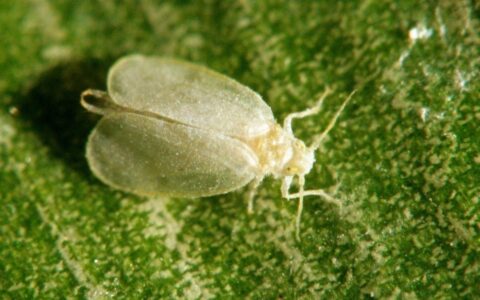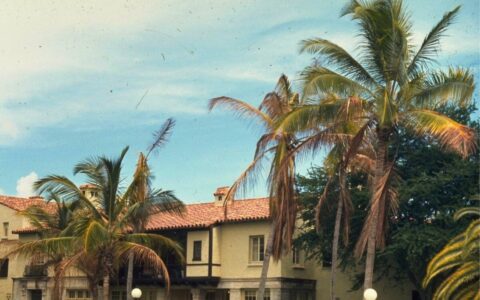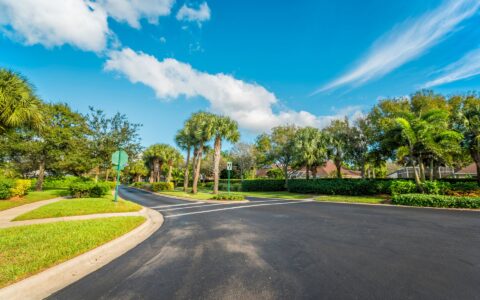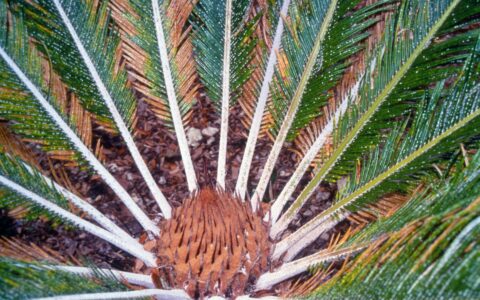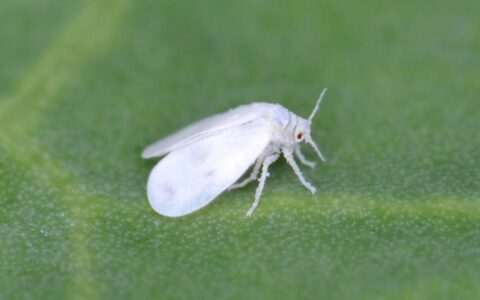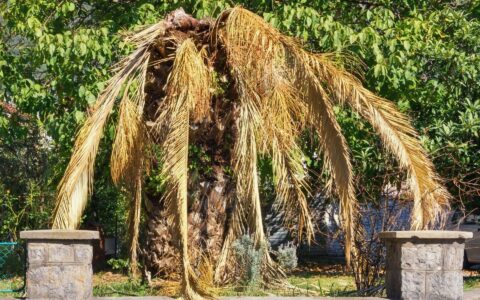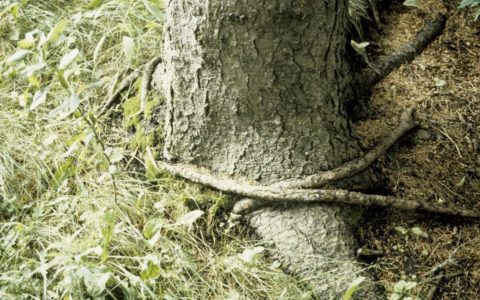Ever gaze upon a crape myrtle only to find it marred by an unsightly, sooty mold? This could be the work of the Crape Myrtle Bark Scale, an invasive pest now making its debut in South Florida. This tiny insect of the Acanthococcidae family (or possibly Eriococcidae, as entomologists continue to debate the phylogeny) damages our beloved trees, detracting from their beauty and hindering their blooms.
But what can you do about it? Let’s delve into understanding this pest and explore potential prevention strategies.
Key Takeaways
- Crape myrtle bark scale was first found in North America in Texas in 2004 and has since spread to all southeastern states.
- Crape myrtle bark scale is a felt scale insect that produces conspicuous white felted ovisacs on the bark of crape myrtle trees.
- Infestations of crape myrtle bark scale can lead to the production of honeydew and the growth of sooty mold, which can stain the tree’s bark.
- While crape myrtle bark scale primarily infests crape myrtle trees, it has also been found on American beautyberry plants in Florida.
What Causes Crape Myrtle Bark Scale?
Scale insects are responsible for the infestations on your trees, specifically, the crape myrtle bark scale. This invasive pest, originally from Asia, is known to wreak havoc on crape myrtles, reducing their aesthetic appeal and compromising their overall health.
These pests were first spotted in South Florida in 2021 and have been causing significant distress for homeowners and gardeners ever since. The crape myrtle bark scale feeds on the sap of crape myrtle trees, leading to a heavy secretion of honeydew. This honeydew attracts various genera of saprophytic fungus, leading to sooty mold. This condition blackens the bark and leaves of your tree, causing it to lose its aesthetic appeal.
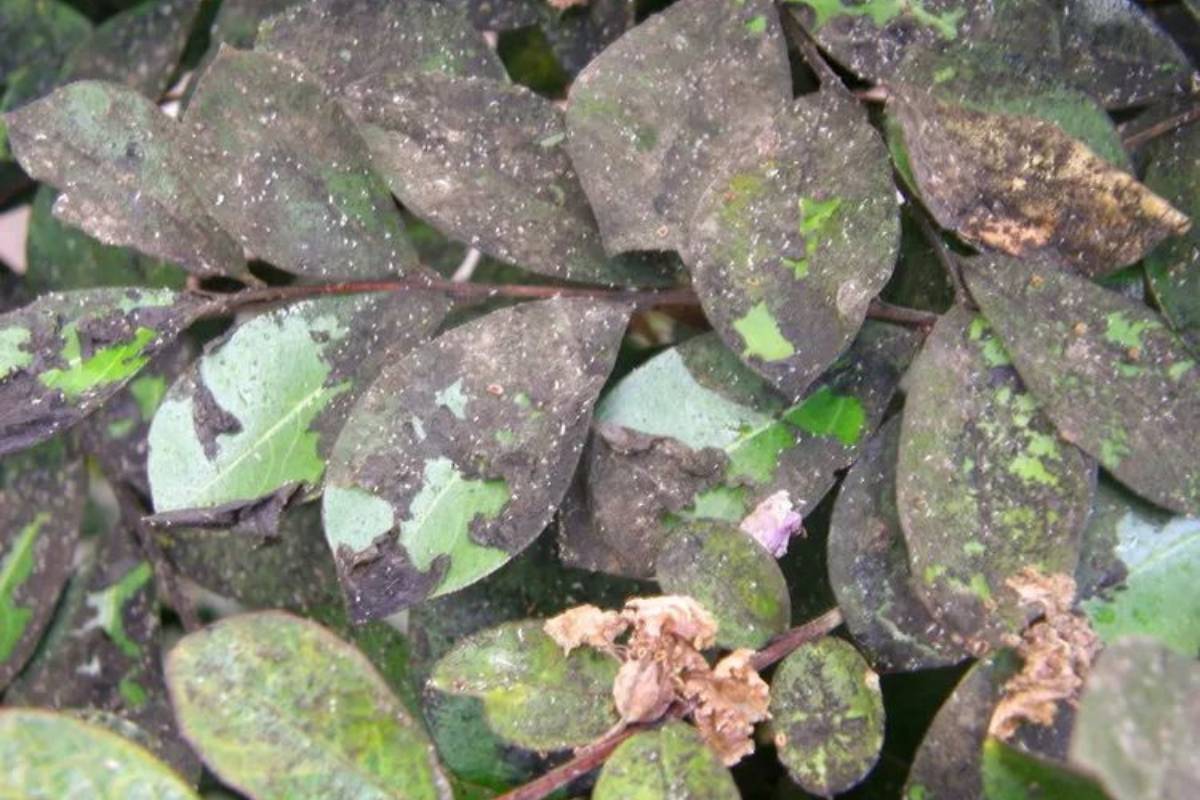
Crape myrtle bark scale secrete honeydew which invites fungi that cause sooty mildew, a non-lethal, yet unattractive condition.
What Are the Signs of Crape Myrtle Bark Scale?
Signs of crape myrtle bark scale include:
- Small white masses on the bark or “scales”
- Dark stained trunks due to sooty mold
- Sparse branches
You’ll notice these infestations as conspicuous white felted ovisacs, or ‘felt,’ produced by adult females. This felt is a wax secreted by glands on the skin of the adult female.
If your crape myrtle trees are heavily infested, the trunks could be stained dark by sooty mold, resulting from fungi that feed on these insects’ honeydew. This staining and the sparse branches can sometimes be seen from a distance.
What is the Extent of the Harm Caused by Crape Myrtle Bark Scale?
Let’s examine the extent of the harm caused by this pest.
Crape myrtle bark scale may not kill your trees. Still, it can cause reduced flowering and an unsightly mess, especially in heavy infestations. This pest also threatens the American beautyberry, a common plant in Florida woods.
Once an area is infested, the infestation is unlikely to be eradicated. The movement of crape myrtle bark scales is limited to crawling nymphs and human transport, as only males can fly. Therefore, maintaining sanitation and inspecting plants for scale is crucial in limiting the spread of this pest.
Can Crape Myrtle Bark Scale Be Treated?
There are treatments available for dealing with these pesky infestations on your trees. These may involve insecticides, biological controls, or a combination of both.
The key is to act early before the infestation becomes too heavy. Natural predators, like lady beetles, can help by preying on these scales. However, this alone often isn’t enough to prevent significant damage.
Inspecting any new plants for these scales before introducing them to your garden is vital. Remember, only males can fly, so infestations mainly spread via crawling nymphs or human transport.
You can keep your crape myrtles looking their best by staying vigilant and acting early.
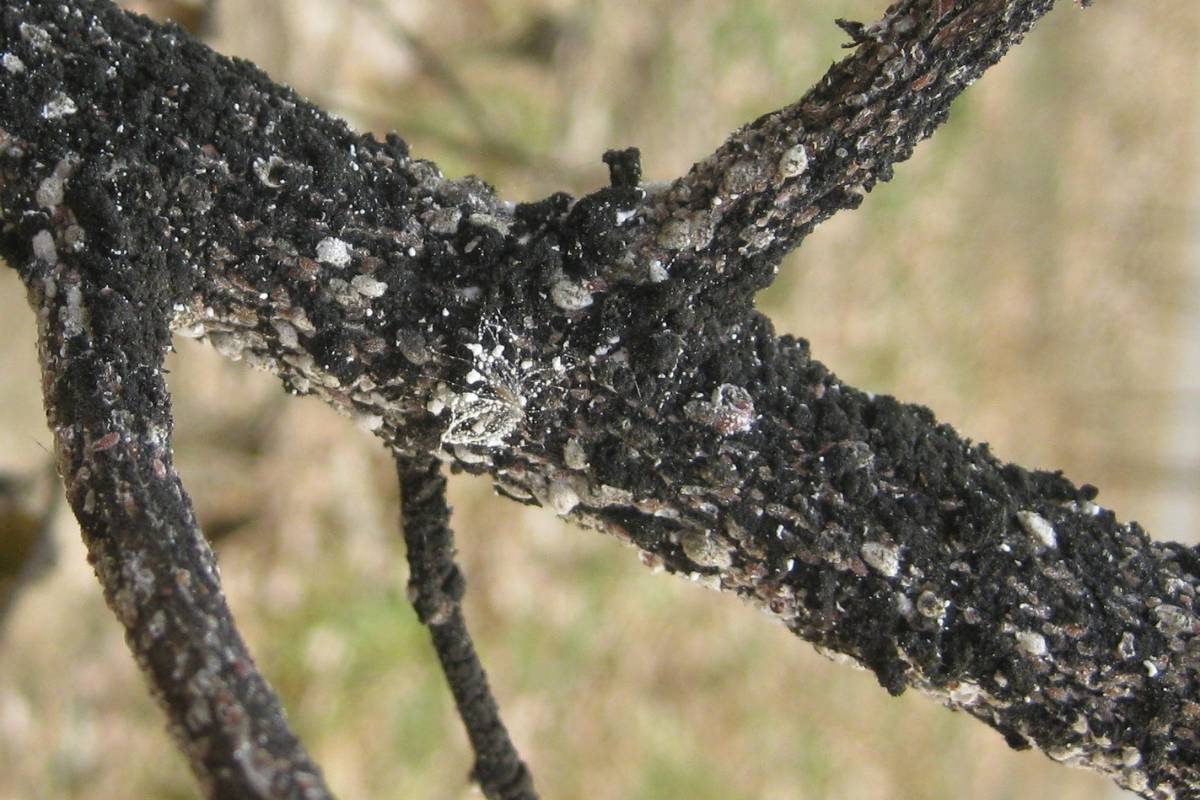
Crape myrtle bark scale can be identified by the white, waxy dots that cover the branches of the plant.
How Can I Prevent Crape Myrtle Bark Scale?
To keep your trees free from infestations, there are several prevention strategies you can employ:
- Avoid over-pruning your crape myrtle trees. Over-pruned trees provide an ideal habitat for the scales.
- Regularly inspect the tree’s bark for signs of infestation, such as white masses or dark sooty mold.
- Practice good sanitation. Ensure that any new plants you introduce to your garden are pest-free.
- Consider biological control measures. Natural predators, like lady beetles, could help keep the scale population in check.
Remember, prevention is always better than cure when dealing with pests like crape myrtle bark scale and the sooty mold that follows.
What Should I Do If I See Crape Myrtle Bark Scale?
If you spot any suspicious white masses on your trees, taking immediate action is vital. Crape myrtle bark scales can cause significant damage if left untreated. They’re identifiable by the white, felt-like coverings they produce on the bark of trees.
Confirm the infestation by inspecting the tree for the presence of scales, especially in notches in the bark or old pruning wounds. If you’re unsure, take a sample or snap a photo and send it to a South Florida tree pest specialist, or better yet, schedule an expert assessment.
Crape Myrtle Bark Scale – Frequently Asked Questions
What are the specific signs of a crape myrtle bark scale infestation?
Look for small white masses on the bark, which are the scales. You might also notice a sooty mold caused by their excreted honeydew. The scales often hide in bark notches and pruning wounds.
How can homeowners prevent a crape myrtle bark scale infestation?
Over 300 eggs can be produced by a single female crape myrtle bark scale. Regularly inspect your crape myrtle tree for small white masses and pink eggs to prevent an infestation. If spotted, contact pest control immediately.”
What is the potential impact of crape myrtle bark scale on other plant species?
Crape myrtle bark scale can potentially harm other plant species. So far, damaging infestations have been seen on American beautyberry, but other suitable hosts could be discovered as the scale’s range expands.
Are there any specific treatments available to control crape myrtle bark scale?
Yes, there are treatments for controlling crape myrtle bark scale. You can use systemic insecticides, horticultural oil sprays, or biological control methods. Always remember to follow label instructions when using these treatments.
How does the crape myrtle bark scale affect the overall health and growth of the crape myrtle tree?
Imagine your vibrant crape myrtle tree, now marred with white scale masses and stained bark. Crape myrtle bark scale feeds on its sap, causing reduced flowering and unsightly mess, impacting the tree’s overall health and growth.
Suspect Crape Myrtle Bark Scale on Your Trees?
Call Sherlock Tree today at 954-788-4000. We know the importance of tree inspections, and that’s why we’re committed to thoroughly assessing your trees for crape myrtle bark scale or any other pest issue. Let us keep your South Florida trees healthy and beautiful!
Proudly serving all of South Florida, including Broward, Palm Beach, and Miami-Dade Counties.
Call Sherlock for quality tree services
Whether you're looking for specific tree care services, such as palm trimming, tree removal, or disease treatments, or would like one of our Arborists to examine your trees to identify any issues and recommend options, we're always here for you! Just give us a call at 954-788-4000 to set up an appointment.
SEE MORE ARTICLES
Looking for more?
We've got you covered with a monthly newsletter full of tips, resources, updates, how-to's, and other helpful information about trees and landscapes in South Florida!

